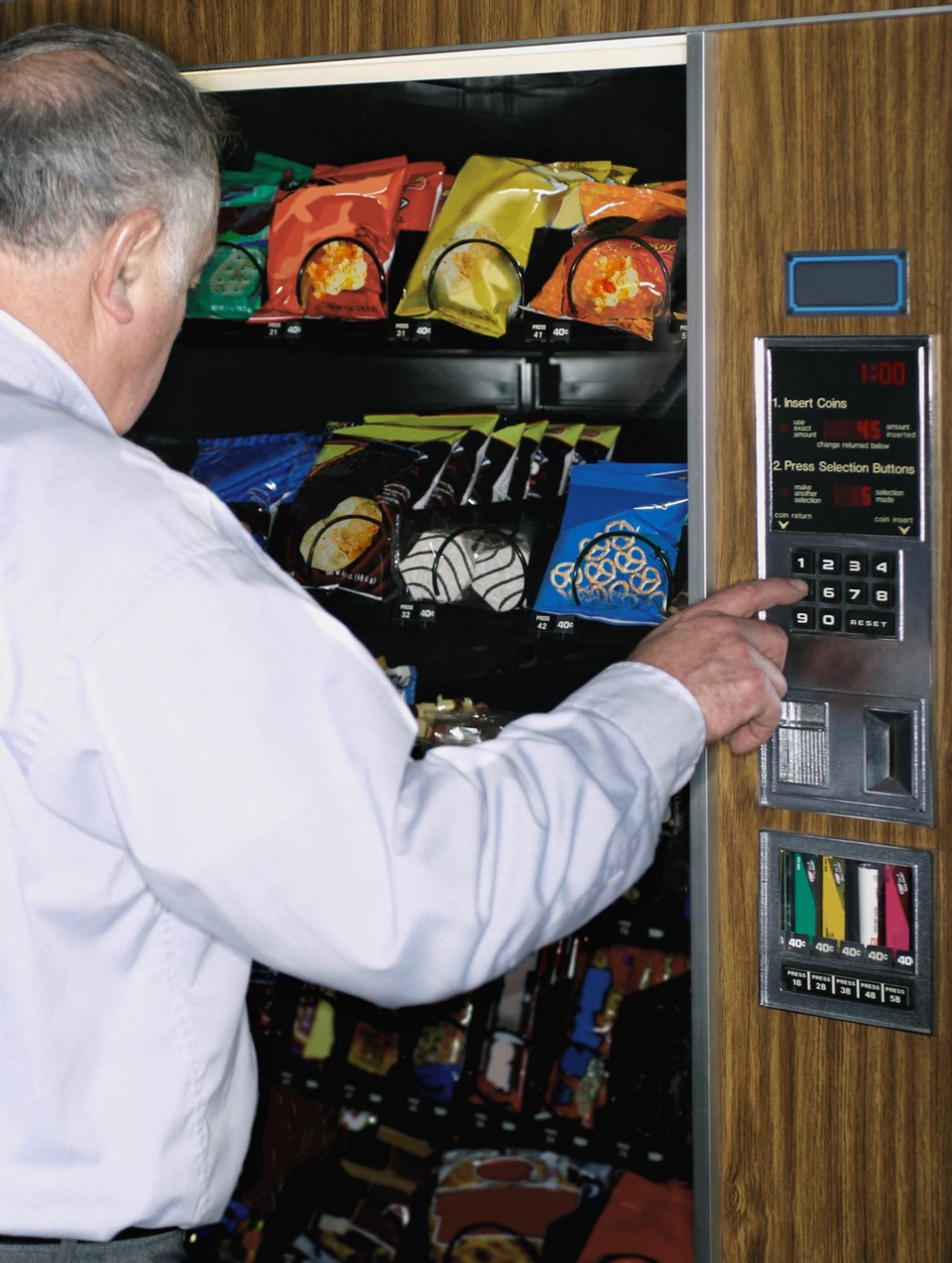Like, literally, individuals rocked a machine to get a soda or change, and it toppled onto them.
I don’t know why I hate/love the vending machine stats so much. I often think of them when I am afraid to do something — jump in a cold lake or head into an unfamiliar area of the backcountry.
“Life is ridiculous. People can get flattened by vending machines,” I tell myself and then do whatever the thing is I was afraid of.
These stats also sometimes reminds me that safety isn’t just something to keep in mind while operating a car or cooking (a pretty dangerous activity for me, for some reason).
Recently I caught up with Catherine Roome, lead executive officer of Technical Safety BC, to get a lay of the land about safety in 2020.
The organization oversees the safe installation and operation of technical systems and equipment in the province.
One highlight that stood out for 2020 as an “emerging concern” is EV chargers in older buildings. The concern is that older buildings retrofitted to offer electric vehicle charging stations may not be properly equipped to handle all charging stations in use at the same time.
“It is fantastic there is all of this drive toward EVs... but if you are in an apartment or a condo, and it may not have been built in the last couple of years, it is unlikely there is an EV charger and yet, of course, everyone who lives there is wanting to put one in.”
The onus is on the owner of the building or the condo association to use a licensed electrician and figure out the load requirements for putting in these EV chargers. You can’t just put them in on the same circuits as the lighting and the security for the parkade.
It requires a load calculation, Roome stressed.
Good to know.
On the positive side, the 2020 report shows safety increased across the province, with a 3.49% decrease in injuries compared with 2019 and a 9.5% decrease in the number of incidents reported.
Of course, this may be partly because of the pandemic’s impact on business.
“There was obviously a lot of construction activity that happened during the year and, of course, continues into this year,” Roome said. “Just a general economic boom... and of course anything that was public — an amusement ride or outdoor activity, like skiing — that was really impacted. There was a large decrease in public visits for both of those two sectors.
The report found that carbon monoxide poisoning remains a “silent killer.”
“71% of Canadians don’t know the signs of carbon monoxide build-up,” said Roome.
There were three fatalities last year at remote properties.
“So people have gone off to... a cabin either in the family or that they rented and they believe it is safe, and the owner believes it is safe, but somebody installed equipment — sometimes like a propane fridge or heating or hot water — and it was not installed by someone who was qualified to do that.”
On average, carbon monoxide kills two people a year.
Use a licensed contractor, folks!
Technical BC’s ropeways expert told me that despite what has happened in Squamish with the gondola being cut twice, ropeways — like ski lifts at Whistler and gondolas — are extremely safe.
“Ropeways, in general, are a really reliable safe way of transportation, especially in B.C.,” said Cam Surine. “We have a really strong safety culture with our ropeway operators.”
He said human error is what causes injuries on these things usually, not equipment failure.
It is important riders are not distracted getting on and off lifts, for example. And use the restraint provided, for Heaven’s sake.
“We have been working with the industry for some time about falls from carriers and utilizing the restraint devices — the restraint bars.”
Year-over-year, there has been a steady decrease in falls from carriers.
Good news.
What happened at the Sea to Sky Gondola is extremely uncommon, Surine stressed.
“From a technical equipment perspective, they are very safe, and the incidents that occurred there weren’t a result of the technical system at all,” he said, adding regulations and code in B.C. are really robust.



